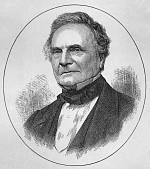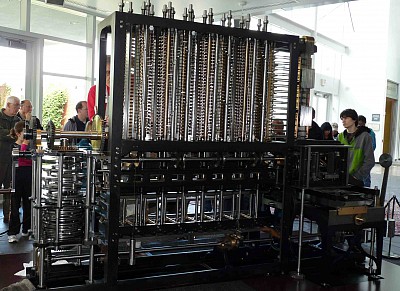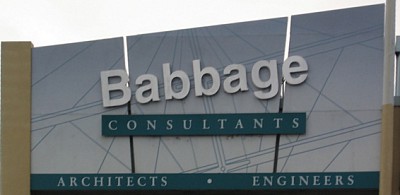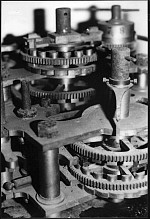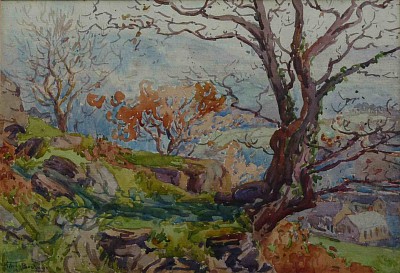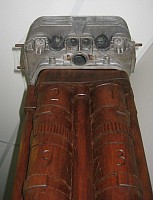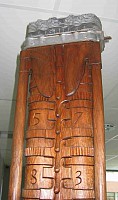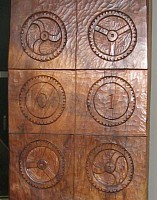Computer Science
Computing History Displays: Second Floor - Charles Babbage
Charles Babbage (1792-1871) was a famous 19th century thinker. He was the first person to attempt to construct machines that could automatically perform long sequences of calculations. He attempted to make two types of such mechanical machines in the 1830s and 1840s. The first was his difference engine that was intended to produce tables of mathematical functions by using the method of finite differences that involved addition only.
Before he completed this engine he devised, and started to construct, a much more general machine that he called the analytical engine. This had many of the characteristics of modern computers. Unfortunately, neither the difference engine nor the analytical engine were completed.
Babbage later redesigned his first difference engine using developments that he had made over the years.This second difference engine was never constructed in his lifetime but was finally built at the Science Museum in London in the 1990's. A second copy was also made and was demonstrated at the Computer History Museum in Mountain View, California, as captured in this 2009 photo taken at the museum.
Charles Babbage was famous in his lifetime - his death made newspaper headlines. However, he later became regarded as eccentric and impractical but he is now again considered to be one of the 19th century's most important savants. As well as laying the foundations of automatic computation, he made fundamental contributions to other fields such as economics and operations research.
For more information on Babbage, see Anthony Hyman "Charles Babbage: Pioneer of the Computer," or try Babbage's own autobiography "Passages from the Life of a Philosopher" which is very easy reading.
Some of Babbage's children migrated to Australia and New Zealand. The Auckland engineering company of Babbage Consultants Ltd. was founded by his descendants.
The Babbage family retained many relics of Charles Babbage himself, including this demonstration model of part of the difference engine. This model was kept in Auckland for many years but was sold in 1995 and now resides in the Sydney Power House Museum which has a very good computer history section - you may search their collections on-line.
One of Charles Babbage's great grandsons, Herbert Ivan Babbage, was a water-color artist working out of Wanganui. The Sarjeant Gallery in Wanganui held an exhibition of his work in 1999 - "Brushes with light: the work of Herbert Ivan Babbage 1875-1916": January 15 to March 21, 1999. He made many delightful paintings of New Zealand and European scenes - below is a sketch done shortly before his death in England in 1916.
For more information on the Babbage connection with New Zealand see Dr Garry Tee, "The Heritage of Charles Babbage in Australasia", Annals of the History of Computing, Vol. 5, No. 1, Jan 1983.
This 1994 sculpture by Leigh Christensen celebrates Babbage's first difference engine design. In front can be seen some registers for representing numbers by the rotational position of cogs and wheels. At the back is a table showing how to calculate squares by the method of finite differences. The sculpture isn't an exact replica of any part of the machine, in fact, is it only a machine or the beginning of something much more sinister?

